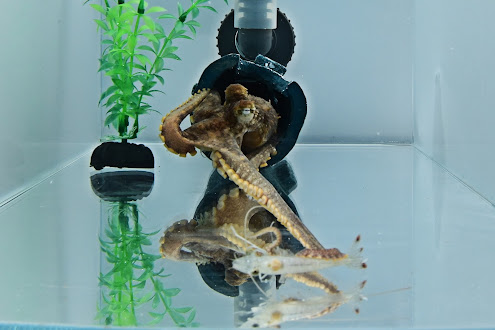New technology developed at the University of Waterloo could make a significant difference in the fight against climate change by affordably converting harmful carbon dioxide (CO2) into fuels and other valuable chemicals on an industrial scale.
Outlined in a study published today in the journal Nature Energy, the system yields 10 times more carbon monoxide (CO) – which can be used to make ethanol, methane and other desirable substances – than existing, small-scale technologies now limited to testing in laboratories.
Its individual cells can also be stacked to form reactors of any size, making the technology a customizable, economically viable solution that could be installed right on site, for example, at factories with CO2 emissions.
“This is a critical bridge to connect CO2 lab technology to industrial applications,” said Dr. Zhongwei Chen, a chemical engineering professor at Waterloo. “Without it, it is very difficult for materials-based technologies to be used commercially because they are just too expensive.”





















.jpg)




.jpg)
